May 17, 2025 | 02:46 GMT +7
May 17, 2025 | 02:46 GMT +7
Hotline: 0913.378.918
May 17, 2025 | 02:46 GMT +7
Hotline: 0913.378.918
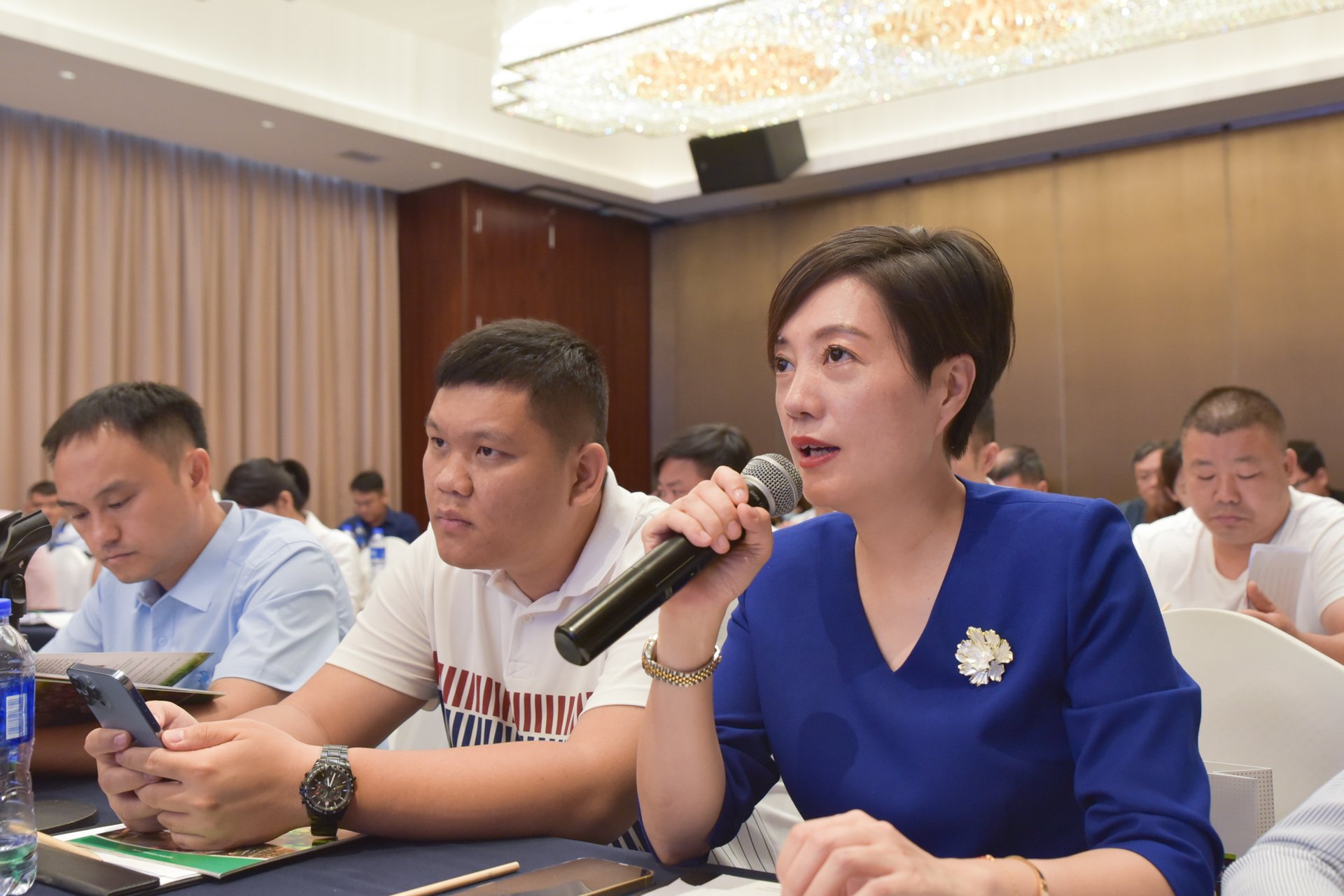
Representatives of Kim Phuc Company inquiring about the dragon fruit industry in Vietnam. Photo: Cao Tran.
The Ministry of Agriculture and Rural Development led by Deputy Minister Tran Thanh Nam and Guangxi province Department of Agriculture and Rural Development of China held a seminar on May 30 to connect Vietnamese and Chinese agro-forestry-fishery businesses. The event was attended by representatives of specialized agencies, local governments and businesses from both countries.
Kim Phuc, a participant at the seminar, is a dragon fruit production company in Guangxi province with an annual output of 179,000 tons. The company's dragon fruits have acquired full international quality certificates. Kim Phuc is also the first company in Guangxi province to grow and export dragon fruits to Europe and the Netherlands.
Although dragon fruit can be grown in China, Vietnamese businesses are relatively more experienced in terms of cultivation and their fruits ripen quicker compared to those in Guangxi province. Consequently, the representative of Kim Phuc sought to discuss two issues with Vietnamese dragon fruit companies. Firstly, because Vietnam and China has different harvest seasons for dragon fruits, Kim Phuc hopes to cooperate with Vietnamese businesses in expanding the market.
Secondly, Kim Phuc is interested in discovering how Vietnamese companies preserve the freshness of dragon fruit as well as how to deal with challenges associated with the export of this product.
According to Mr. Nguyen Thanh Truyen, Director of Long An Department of Agriculture and Rural Development, Long An province has approximately 9,000 hectares of dragon fruit area and the annual output is 250,000 tons.
Long An Department of Agriculture and Rural Development has encouraged farmers to cultivate organic dragon fruits in accordance with VietGAP and GlobalGAP standards in order to satisfy export requirements. Namely, Long An province has issued 270 Production Unit Codes and 170 Packing Facility Codes for dragon fruit; 70 of which export to the Chinese market.
The current difficulty in exporting dragon fruit to China, according to Mr. Truyen, is the transportation stage. As a result, Mr. Truyen is ready to act as a bridge to connect businesses from both countries and reduce intermediary costs in transportation.
According to Mr. Le Van Dung, Deputy Director of Vinh Long Department of Agriculture and Rural Development, Vinh Long province's purple sweet potato has been officially exported to China recently. The province reportedly has over 12,000 hectares of purple sweet potato and an annual output of 400,000 tons during the peak seasons.
“The Department has supported farmers and cooperatives in obtaining Production Unit Codes to facilitate export to China. We hope that Guangxi will continue to provide assistance so that our purple sweet potatoes can be exported efficiently to the Chinese market", remarked Mr. Le Van Dung. He is also eager to connect Chinese businesses who wish to import this agricultural product with Vinh Long's raw material area.
Deputy Director of Ca Mau Department of Agriculture and Rural Development Nguyen Van Quan introduced the province's fisheries strength to the Chinese partner. According to Mr. Quan, the province's total annual aquaculture output exceeded 640,000 tons with nearly 230,000 tons of shrimp, and 30,000 tons of crab.
“Ca Mau seafood has been exported to over 90 countries and territories.around the world. Most notably, the province has 10 businesses specializing in exporting seafood to the Chinese market with a turnover of roughly 1.2 million USD per year”, informed Mr. Quan. He also suggested the Chinese government to consider opening additional markets for Ca Mau crab because this item is not officially exported to Guangxi province.
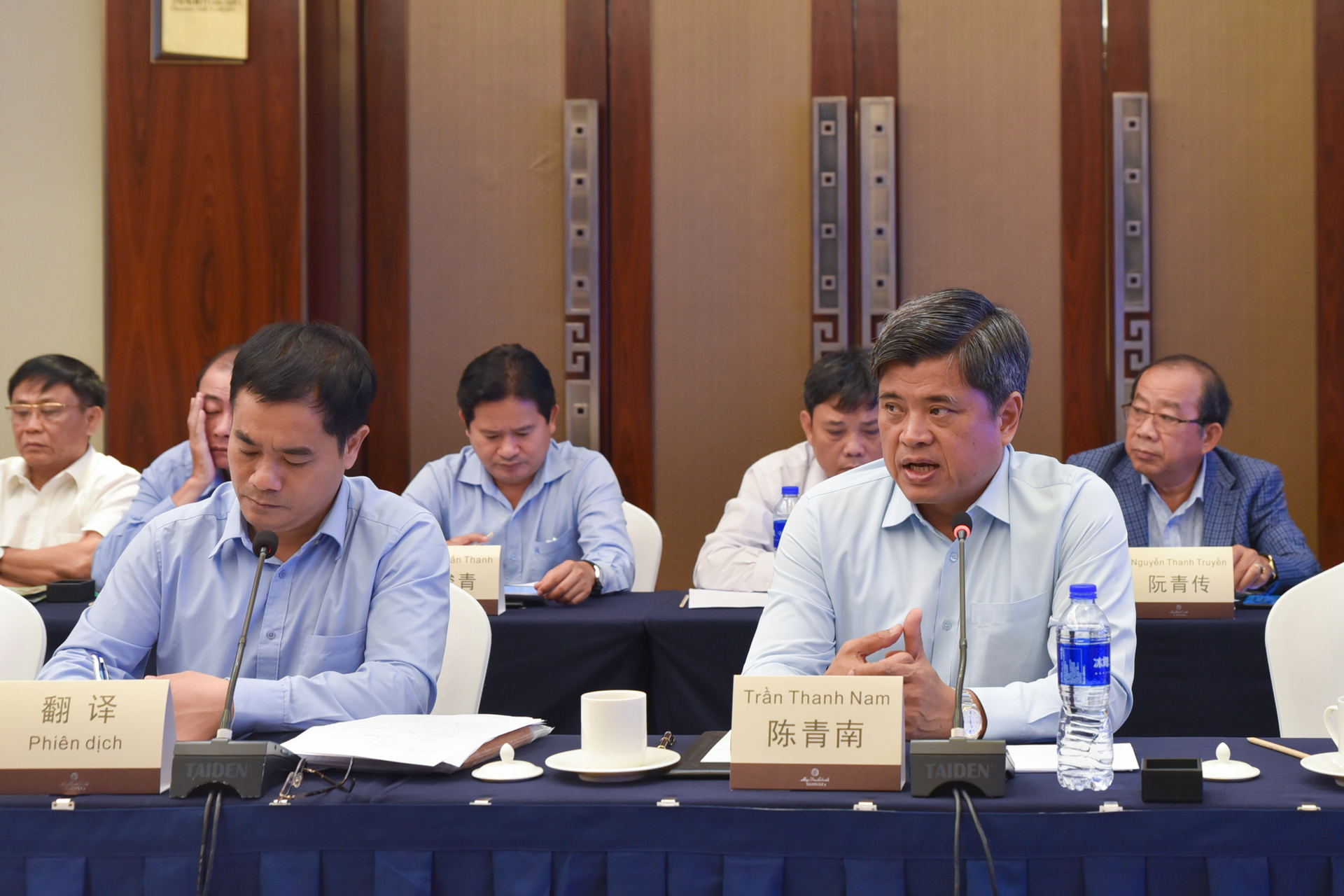
Deputy Minister Tran Thanh Nam highlighting agricultural cooperation activities between Vietnam and Guangxi. Photo: Cao Tran.
According to the Deputy Minister Tran Thanh Nam, the Covid-19 pandemic has severely disrupted the the supply chain of agricultural products between Vietnam and China, affecting the trading businesses. Consequently, the Ministry of Agriculture and Rural Development visited China with the goal of strengthening the connection in science, technology, capacity building in agro-forestry production and trade in agricultural products.
“Guangxi is the gateway for Vietnamese agricultural products to enter China with a significant bilateral turnover. As such, Vietnam and China must jointly promote the improvement of the agricultural product supply chain as well as cooperate in science and technology in immediate future", added Deputy Minister Tran Thanh Nam.
The Ministry of Agriculture and Rural Development of Vietnam proposed Guangxi Department of Agriculture and Rural Development to aid the Ministry's vocational training schools in promoting cross-border agricultural science cooperation programs as well as enhancing both countries' scientific achievements in agriculture.
In addition, Deputy Minister Tran Thanh Nam proposed cooperation in capacity building and improving Chinese language skills for Vietnamese agricultural officials.
He also suggested that the establishment of Innovation and Sustainable Development Centers, which will encourage creativity in agricultural students from both Vietnam and China.
The exchange of information, according to Deputy Minister Tran Thanh Nam, is essential for the customs clearance of agricultural products at the border gate.
In addition, the two parties are recommended to jointly establish sustainable supply chains of agricultural products in association with cold storage or large slaughter and processing facilities in the border provinces.
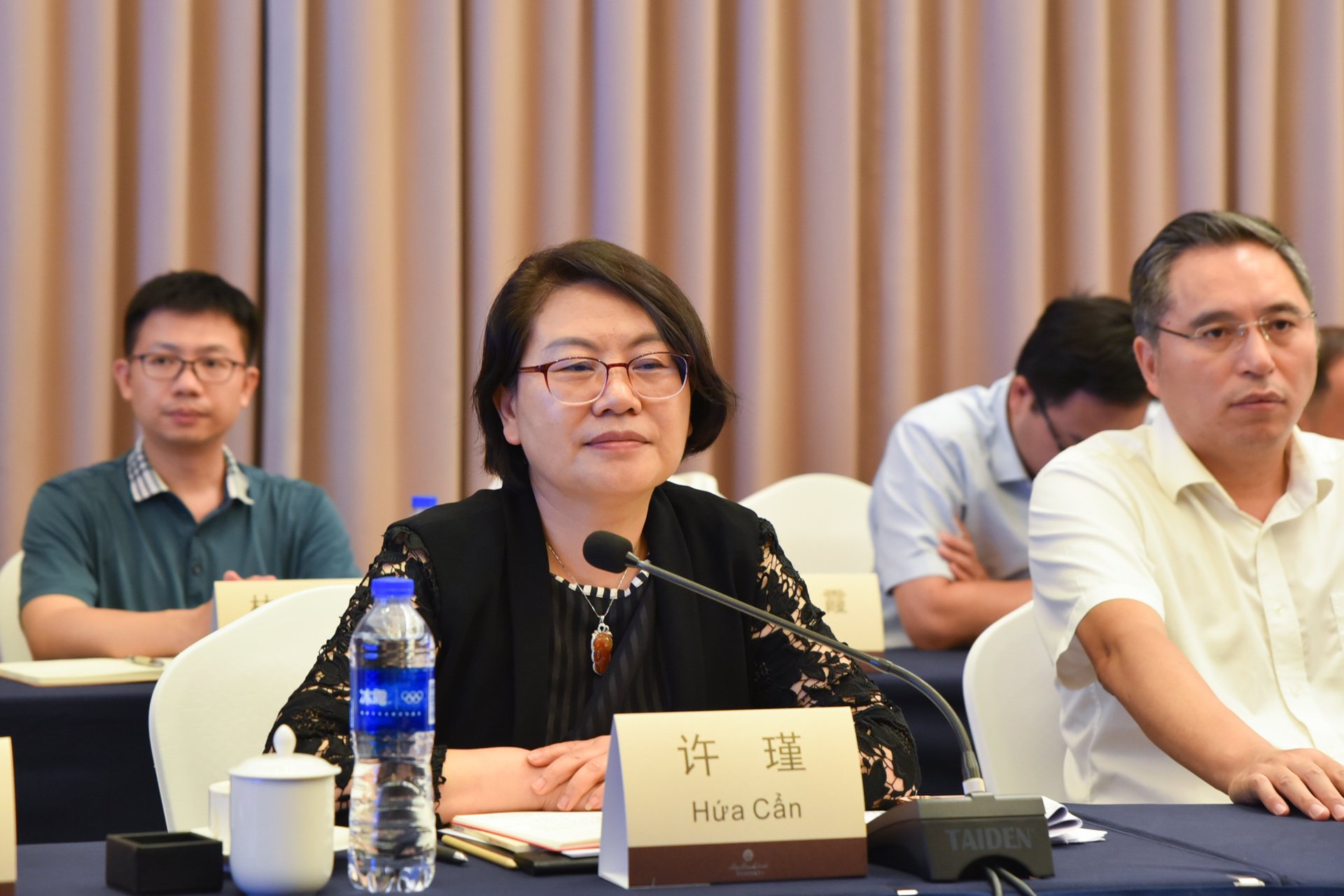
Ms. Hua Can, Deputy Director of Guangxi Department of Agriculture and Rural Development, agreed with the proposals made by the Ministry of Agriculture and Rural Development of Vietnam. Photo: Cao Tran.
Outside of the seminar's framework, Deputy Minister Tran Thanh Nam strongly agrees with the idea of establishing groups or associations to meet businesses' need for connection.
In addition, Deputy Minister Tran Thanh Nam suggested Guangxi and Vietnam to alternately organize agricultural trade promotion fairs and conferences as a trading hub for businesses.
Ms. Hua Can, Deputy Director of Guangxi Department of Agriculture and Rural Development, affirmed that she will strengthen technical exchange, training and customs clearance capacity for Vietnamese agricultural products.
"We will gather comments, submit them to respective leaders, and provide a timely response to the Consulate General of Vietnam in Nanning", Ms. Hua concluded.
Translated by Nguyen Hai Long
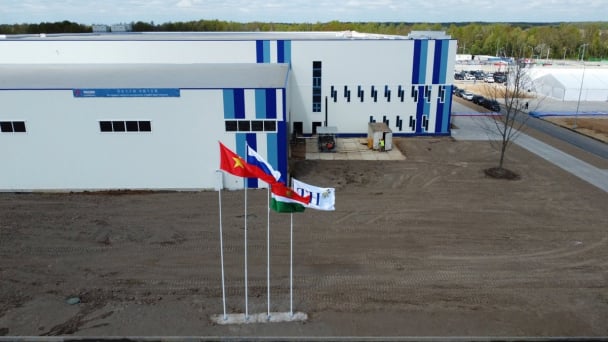
(VAN) Vietnam’s TH Group officially put its high-tech fresh milk processing plant into operation in the Russian Federation, marking a historic moment as the first TH true MILK cartons were produced in Russia.
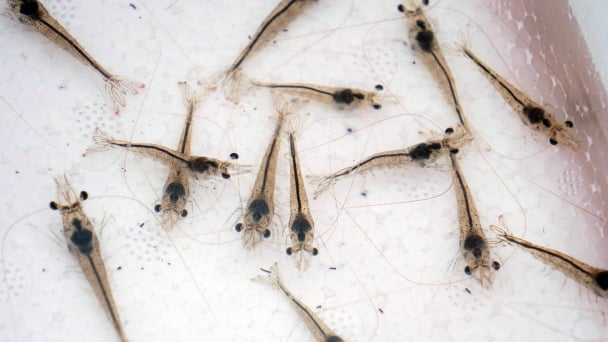
(VAN) Use of high-quality broodstock and biotechnology is regarded as the most effective approach to ensuring sustainable and economically viable shrimp aquaculture ahead of climate change and the emergence of increasingly intricate disease patterns.
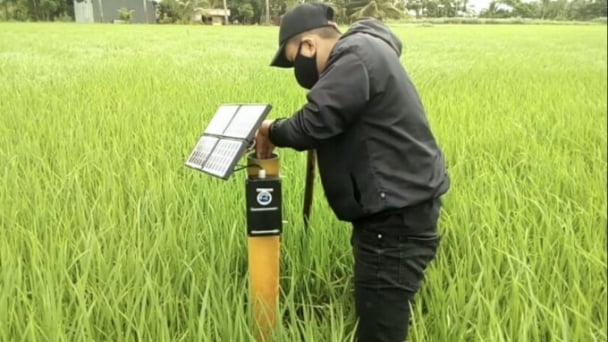
(VAN) Carbon farming is a form of agricultural practices that helps absorb more greenhouse gases than it emits, through smart management of soil, crops, and livestock.
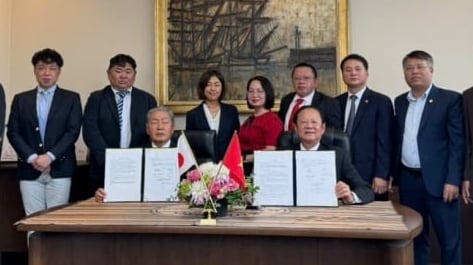
(VAN) This is a key content of the Memorandum of Understanding recently signed between the Vietnam Fisheries Society and Kunihiro Inc of Japan.
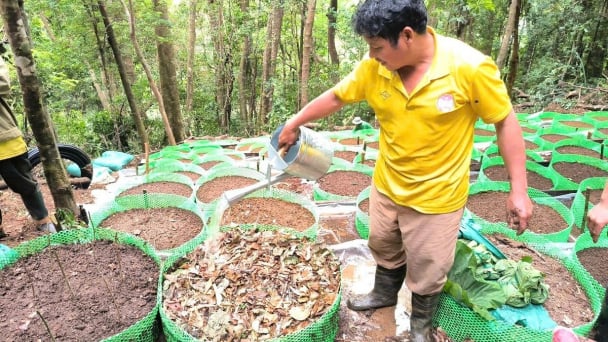
(VAN) To achieve the goal, local authorities and businesses in Kon Tum province have fully prepared the necessary conditions for the new Ngoc Linh ginseng planting season.
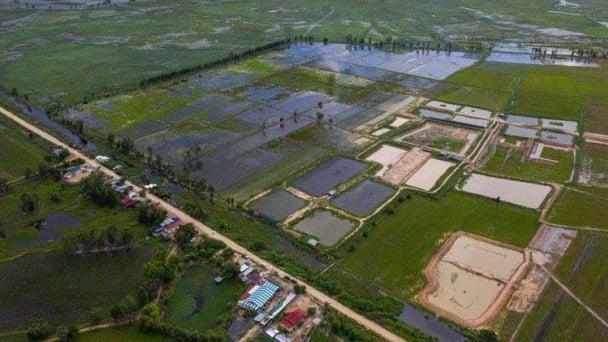
(VAN) Jiangsu province is gearing up to host training programs in Phnom Penh, the capital of Cambodia, this year to establish the Fish and Rice Corridor.
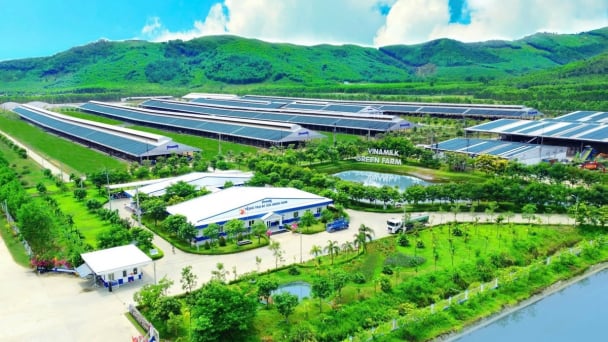
(VAN) Le Hoang Minh, representing Vinamilk, shared the company's experience in energy saving and green energy transition for production at a workshop held during the P4G Summit.